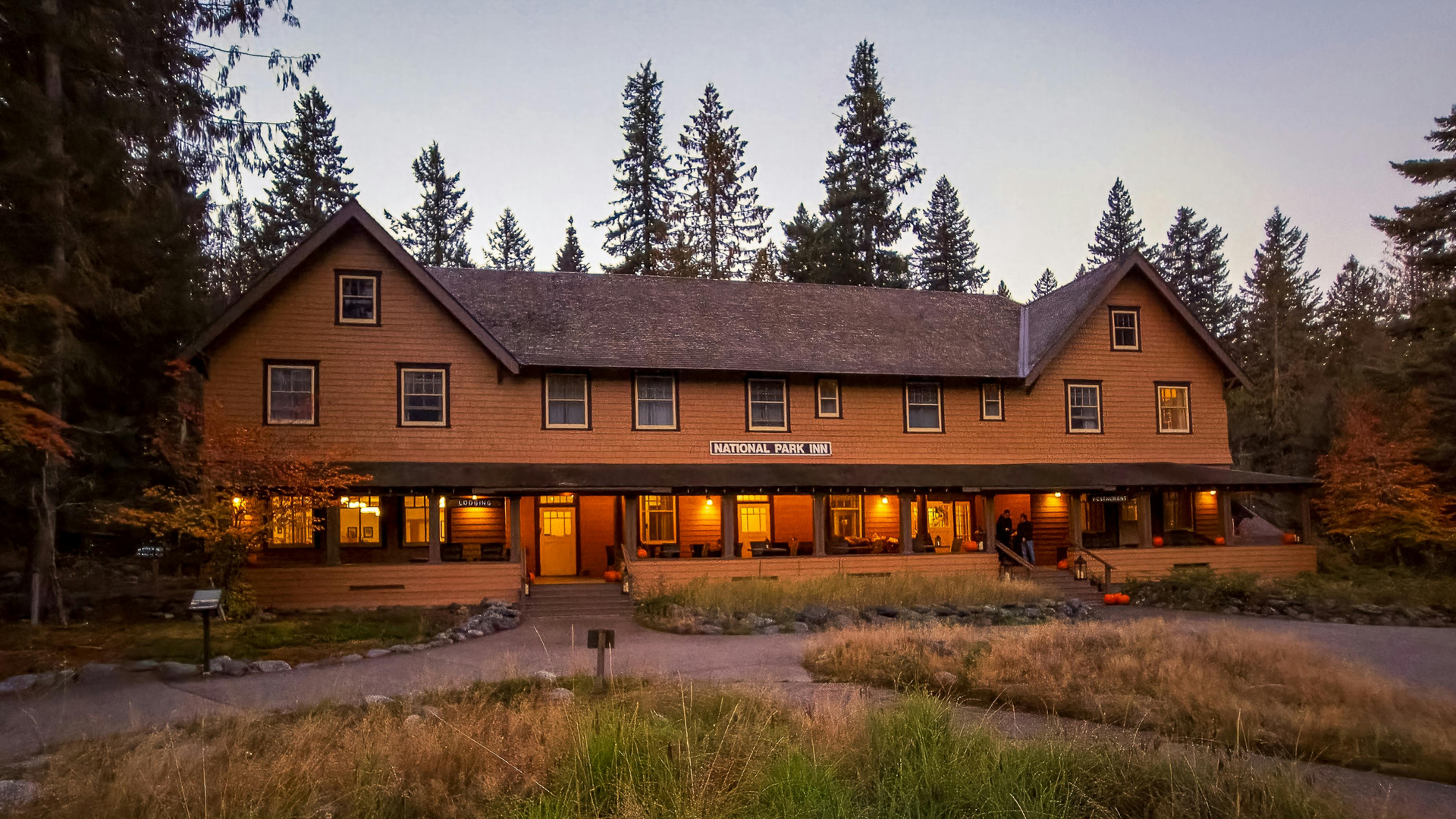Creating a Home-Like Environment for Construction Workers
Creating a home-like environment for construction workers improves their overall well-being, both mentally and physically. Workers often face long hours and hard tasks, making it essential to have a comfortable and inviting place to return to at the end of the day. A cozy living space can have a significant impact on their mood and productivity, ensuring they feel more rested and ready for the next day.
Comfortable furniture and decor help transform a simple rental into a warm, welcoming home. Items like plush couches, well-chosen pictures, and personal touches can make a big difference. These details turn a living space into a place where workers can truly relax and unwind. This type of environment supports better mental health by reducing stress and helping workers feel more at ease.
It’s also important to think about cleanliness and location. Regular cleaning services keep living spaces tidy and hygienic, which is crucial for maintaining health. Living close to work can save time and reduce daily stress, giving workers more opportunities to rest and engage in personal activities. A well-maintained and conveniently located home-like rental can contribute greatly to a worker's satisfaction and overall well-being.
Essential Elements of a Home-Like Environment
Comfortable furniture is essential in creating a home-like environment for construction workers. After a long day, workers need a place where they can relax and recharge. Soft couches, sturdy dining tables, and comfortable beds make a big difference. These pieces of furniture provide the physical comfort that helps reduce body aches and improve sleep quality. When workers come home to a well-furnished space, it's easier for them to unwind and prepare for the next day's challenges.
Personal touches and decor also play a key role. Adding simple items like framed pictures, throw pillows, and colorful rugs can transform a generic space into a more personalized and inviting one. These elements make the rental feel less like temporary housing and more like a true home. By including small details that reflect the personalities and preferences of the residents, the living environment becomes cozier and more welcoming.
Benefits of Regular Cleaning Services
Keeping spaces tidy and hygienic is critical for maintaining a healthy living environment. Regular cleaning services ensure that the rental remains clean and free from dust, dirt, and germs. Cleanliness directly affects the well-being of the workers, as a tidy space is more conducive to relaxation and rest. This professional service helps keep common areas, kitchens, and bathrooms in top shape, providing a comfortable and sanitary living space.
Reducing stress and improving health are other significant benefits of regular cleaning services. A clean home reduces the mental burden of having to handle cleaning chores after a long day at work. Workers can focus on resting and doing activities they enjoy rather than worrying about cleaning. A clean environment also helps prevent illnesses, allergies, and respiratory problems, contributing to overall better health. When workers live in a clean space, they feel more comfortable and less stressed.
Importance of Convenient Location Near Job Sites
Shortening commute times is a crucial aspect of choosing a rental location. Long commutes can be draining and reduce the time workers have to relax and unwind. Rentals near job sites mean that construction workers spend less time traveling and more time resting. This proximity helps them arrive at work feeling refreshed and ready for the day. Shorter commutes also mean less money spent on transportation, allowing workers to save both time and resources.
Increasing time for relaxation and hobbies also stems from a convenient location. With less time spent on the road, workers have more free time to engage in activities they enjoy, whether it’s reading, exercising, or spending time with family. This extra time can make a significant impact on their overall well-being, making them happier and more productive. Conveniently located rentals enhance workers' quality of life by giving them more control over their time.
Enhancing Team Morale Through Shared Living Spaces
Encouraging social interaction is a major benefit of shared living spaces. When construction workers live together, they naturally build relationships and camaraderie. Shared kitchens, living rooms, and recreational areas provide opportunities for team members to bond away from the job site. These interactions foster a sense of teamwork and mutual support, which can translate to better cooperation and morale on the job.
Building a supportive community is essential for workers who spend long periods away from home. Shared living spaces create an environment where workers can support each other emotionally and mentally. A strong community helps them manage the stresses of the job and the distance from their families. Living together in a well-furnished, comfortable space makes it easier to form connections and offer support, enhancing the overall experience and satisfaction of the team.
Conclusion
Creating a home-like environment for construction workers offers many benefits, from shorter commutes and better downtime to enhanced team morale and mutual support. Fully furnished rentals that are clean and well-located near job sites provide the comfort and convenience necessary for workers to thrive. When workers live in a comfortable, welcoming space, their physical and mental well-being improves, leading to greater productivity and overall job satisfaction.
For construction crews seeking the ideal living conditions, Hard Hat Housing delivers the perfect solution. Discover our midterm rental options tailored to meet the unique needs of construction workers, providing them with a home away from home. Contact us today to explore our
crew housing offerings and help your team experience the benefits of a home-like environment close to their job site.













